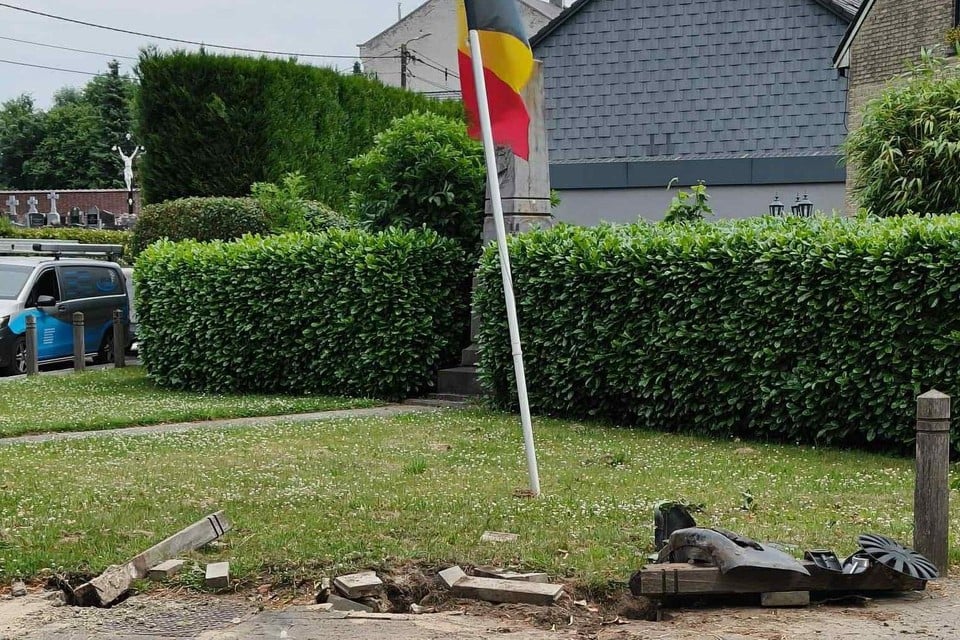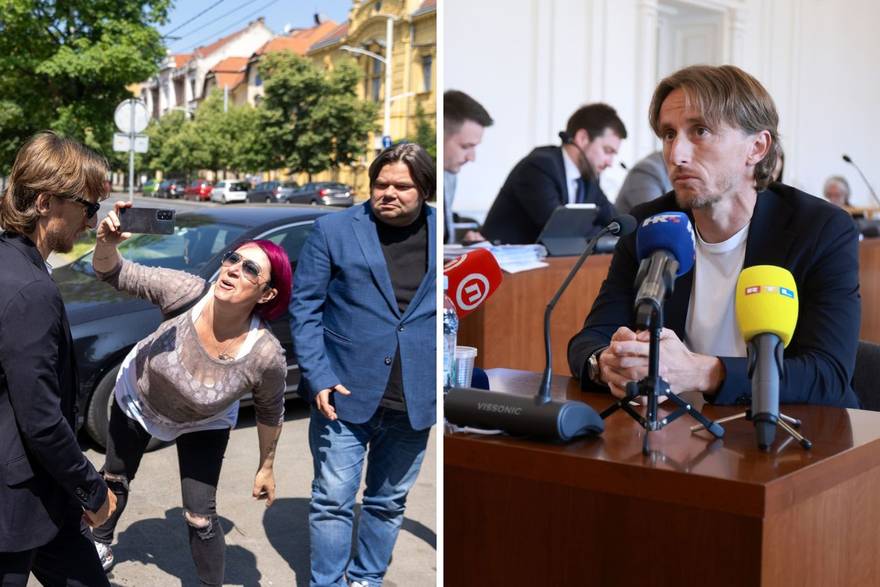To feel the problem: Nearly 300 students presented inventions at a scientific festival in Sofia

Artificial intelligence software reads the Bulgarian gesture alphabet and transforms messages into written text. All it takes is a person to show a hand sign in front of the camera, and the program visualizes the corresponding concept.
This is the project of eleventh -grader Spas Stoimenov of the American College in Sofia. It was presented at this year’s edition of the Fision International Festival, organized by the school.
Nikolay Hristanov, « Integral »: profiles in 11th and 12th grade are key to applying abroad
« The goal is to allow people who cannot talk, to communicate more easily. At the moment, the network is trained in 12,000 photos, which I captured and are learning to classify the different letters on them, » he said through Dnevnik.

As the basis of his project, the student uses an already gained 9th grade experience in his work with artificial intelligence, mathematics and neural networks – used in the placement of early diagnosis and recognition of images.
« Last year, I made a project that recognized different animals and it taught me a lot, but after all after last year’s festival I told myself – it is very cool, however, what the benefit of the whole thing ?. So I decided that the next time I spend so much time for something, I want to make sense, » he added.
« First, I started developing this network to recognize the American sign language, but later I noticed that there was no such application in Bulgaria and accordingly I told myself that I should do it in Bulgarian to make the most benefit, » he said.
The project continues to develop as the student seeks to make the network adaptive for computers, phones, web platforms and in the future « smart glasses ». It plans to make the software free so that everyone who needs it can be used.

This project, along with over 160 others, made by nearly 300 high school students from home and abroad, was presented on Saturday at the Fision Festival. These were prototypes of drones and robots, artificial intelligence programs and solutions for better environmental protection.

For the tenth consecutive year, the event is organized « by students for students » and the goal – to encourage the use of knowledge outside the classroom and to stimulate creativity. The promotion of STEM areas (science, technology, engineering and mathematics) among young people is also a priority.
The participants competed in five areas – mathematics, chemistry, physics, biology and computer science, and there was a separate category for students from 5 to grades. The developments were divided into two types: experiments and working models with prototype demonstration.

Behind the entire organization of the event are four students and about 20 volunteers from the American College. Vladislav screen, a 12th grade student, is one of the organizers and believes that young people are truly engaged and motivated to actively engage in scientific initiatives. « Students are not indifferent to science, » he told Dnevnik.
The 12th grader added that the festival presents experiments and artificial -based models that show how these new technologies can be used to solve scientific problems and how they change approaches to research.
« When a statistics are hard to work out, artificial intelligence can conduct many experiments at the same time, which helps the project. From ideas and development, it also helps, but it all comes down to the creativity of every student how to build his project. More or less is just the next tool to help himself, » he said.

« Students actually feel the most close issues and urgent problems in science, for example, how to purify water safely without chemicals or how quantum computers in the future will be used, » Dr. Krasimira Chakarova, a teacher of physics and astronomy at the American College and the festival organizers, told Dnevnik.
Dr. Chakarova is part of the team organizing the festival since its creation and, in her opinion, proves the interest of young people in science. She pointed out that organizers develop skills in two fields – in addition to applying science in practice, they also improve important organizational and communication skills, such as finding participants and providing sponsorships and partnerships.
When the little ones learn the big ones:
More than 30 teams with participants between the ages of 10 and 14 years from the country and abroad participated in the sixth category of the scientific competition. Among them is 12-year-old Ronal Osmani of Skopje, who made a wicked prototype of a robot capable of detecting earthquakes even before they happen and send a signal to the people.
« The main reason I created this project is to save. There are many inaccessible places that people cannot reach, so this robot can be sent there and perform a rescue operation. It can use a heat sensor, radar and take into account the temperature to detect people with disasters, » Ronal Osmani told Diary.

He said he had received strong support from teachers at the robotics club at his school. Although he plans to pursue medicine and become a doctor, Ronal Osmani said he would not abandon his passion for robotics.
« The teachers are the ones who inspire. A child can be very talented and inquisitive, but if there is no one to lend a hand, show him the mistakes, it is very difficult to motivate himself to move forward, » said Dr. Chakarova.
She explained that students and young scientists have a chance to work in the right environment and on current problems in teams, which motivates them. However, in secondary education, this can be a challenge. According to her, it is important to improve the preparation of natural science teachers in order to increase interest in science at school.






